Inside the rise of brand romance, where celebrity love stories double as business deals
From Taylor Swift and Travis Kelce to Kylie Jenner and Timothee Chalamet, celebrity relationships today are more than just love stories—they are brand partnerships, image boosters, and content goldmines.
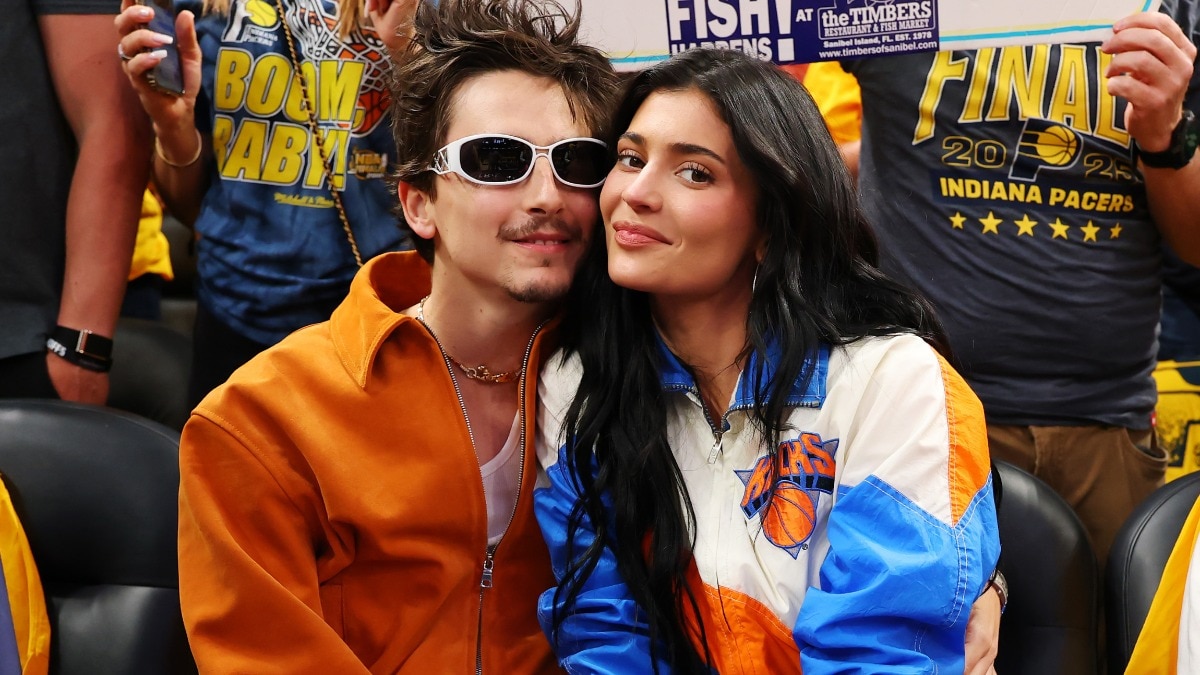
There was a time when celebrity romances unfolded behind closed doors—hidden from the paparazzi, guarded by managers, and spoken of only through tabloid whispers. But in today’s world of Instagram soft launches, couple reels, and red-carpet PDA, love has gone public and even become profitable.
Welcome to the age of brand romance—where a relationship isn’t just about chemistry but also about compatibility of brands, audiences, and digital clout.
Whether it’s Taylor Swift cheering from the VIP box at Travis Kelce’s NFL games or Alia Bhatt and Ranbir Kapoor showing off coordinated airport looks, modern celebrity couples know the value of turning love into lifestyle and lifestyle into leverage. The line between personal and promotional has blurred to the point where fans are left wondering: are these love stories authentic, or are they strategically aesthetic?
The business of being in love
When two famous people date, it’s no longer just a relationship—it’s a merger. Their fanbases blend, their brand deals expand, and their marketability multiplies. Think about it: when Taylor Swift started dating Travis Kelce, not only did the NFL gain a massive new female audience, but Kelce’s jersey sales spiked by over 400 per cent. Now, that’s economic impact!
In Bollywood too, relationships often translate into reputation glow-ups. Kiara Advani and Sidharth Malhotra, who began as co-stars in Shershaah, built an image of modern-day fairy-tale romance—wholesome, aspirational, and social media-perfect. Their wedding pictures broke the internet not just because they were beautiful, but because they sold a lifestyle: minimal, elegant, and “couple goals” coded. Their movie was a blockbuster, and their romance played a big part in that success.
Love as lifestyle content
Scroll through Instagram and you’ll see what we mean. Every celebrity couple now curates their love story like a digital campaign, complete with teaser posts, wedding hashtags, and honeymoon photo dumps. The “soft launch” (showing only a hand, shadow, or back view) has become the modern courtship phase, followed by the “hard launch” aka a red-carpet debut, joint interview, or campaign reveal.
Take Kylie Jenner and Timothée Chalamet. The world gasped when they were spotted kissing at a Beyoncé concert—a moment so public, yet so perfectly timed, it felt cinematic. Since then, both stars have enjoyed a fresh wave of buzz; Jenner repositioning herself as high-fashion chic, and Chalamet tapping into a younger, pop-culture-savvy audience.
And yes, there have been breakup rumours too. After Chalamet skipped his mother-in-law’s big party and gave a curt, “I don’t have anything to say” about his love life in an interview, fans speculated the couple had split. Others pointed to a subtle Instagram “like” from Jenner as proof the relationship is still on. This kind of speculation keeps the relationship—and the brand—buzzing.
Even breakups, in this economy, are content. When Joe Jonas and Sophie Turner split, every paparazzi walk, every cryptic lyric, and every “unnamed source” story became part of the ongoing PR narrative. The heartbreak is real, but so is the algorithm.
Couples who became global brands
Some duos have mastered the art of turning love into legacy. Take Victoria and David Beckham, the OG celebrity power couple. Their partnership extends from football fields to fashion weeks, always balancing glamour with relatability. Their Netflix docuseries reminded everyone not only of their romance but also of their shared empire.
Then there’s Beyoncé and Jay-Z, who built an entire musical universe around their relationship. From 'Crazy in Love' to 'Apeshit', they have monetised their chemistry while maintaining an aura of mystery. Even their controversies (remember the infamous elevator incident?) became part of their myth-making.
Closer home, Deepika Padukone and Ranveer Singh continue to embody “yin and yang” energy—her poise balancing his flamboyant charm. Together, they’ve endorsed brands like Lloyd and Sabyasachi, blending romance with relatability. It’s the perfect balance of personal intimacy and public image: carefully curated, never chaotic.
When fandom fuels the fire
Social media has made fans active participants in these love stories, shipping, speculating, and supporting. When Selena Gomez posts a cryptic lyric, millions decode it within minutes. When Zendaya and Tom Holland share a cute selfie, it practically breaks the internet. Fans create edits, trends, and conspiracy theories that keep the couple—and their brands—perpetually relevant.
This fan-driven economy rewards visibility. The more a couple shares (or even teases), the more engagement they generate. In a world where attention equals currency, being part of a beloved couple is the ultimate influencer strategy.
The blurry line between real and reel
Of course, not every celebrity couple is a PR stunt. Real love does exist, but it just happens to exist within the machinery of fame. But when relationships double as marketing assets, the question of authenticity naturally arises. Is it love, or is it leverage?
Maybe the truth lies somewhere in between, where modern celebrity romance is just strategically real. It’s both heart and hustle, affection and aesthetics. It’s two people finding connection and content in the same place.
The future of love in the influencer age
As the internet continues to blur the boundary between personal and professional, brand romance might just be the new normal. Every relationship is a story waiting to trend, every kiss a headline, every heartbreak a lesson in digital PR.
For celebrities, falling in love in public isn’t just about sharing their happiness but also shaping their narrative. And for the rest of us? We’ll keep double-tapping, decoding, and maybe, deep down, still believing in the magic—algorithm or not.
Lead image: Getty
Also read: Gen Z terms are hot, but here are basic words that say “manners”!
Also read: Is it high time we stop confusing feminism for hating men?
more from Celebrity

9 fun hobbies to help you break your screen addiction and actually enjoy real life again

Get wrapped up in the cozy season with our top picks for your next winter date night

‘Airport divorce’ is the new travel trend couples are taking off with—and here's why it makes total sense
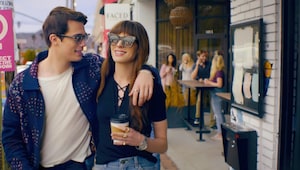
Second date guide: what to wear, what to talk about, and how to keep the vibe going
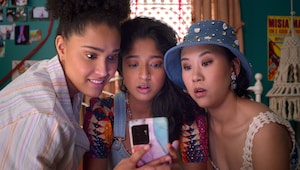
The final Mercury Retrograde of 2025 is here—and here's your guide to surviving it like a boss

Gen Z terms are hot, but here are basic words that say “manners”!

Belonging vs bureaucracy—has proving who you are become an unfair battle for queer and trans lives?
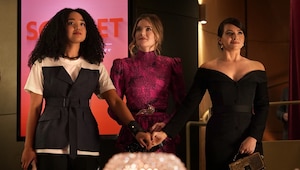
Is it high time we stop confusing feminism for hating men?

Why everyone’s talking about Gotu Kola—and how it can save your winter skin
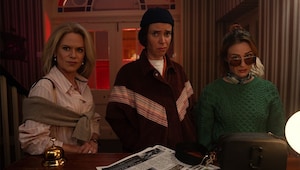
Why the “Group 7” trend proves the internet just wants to feel special
